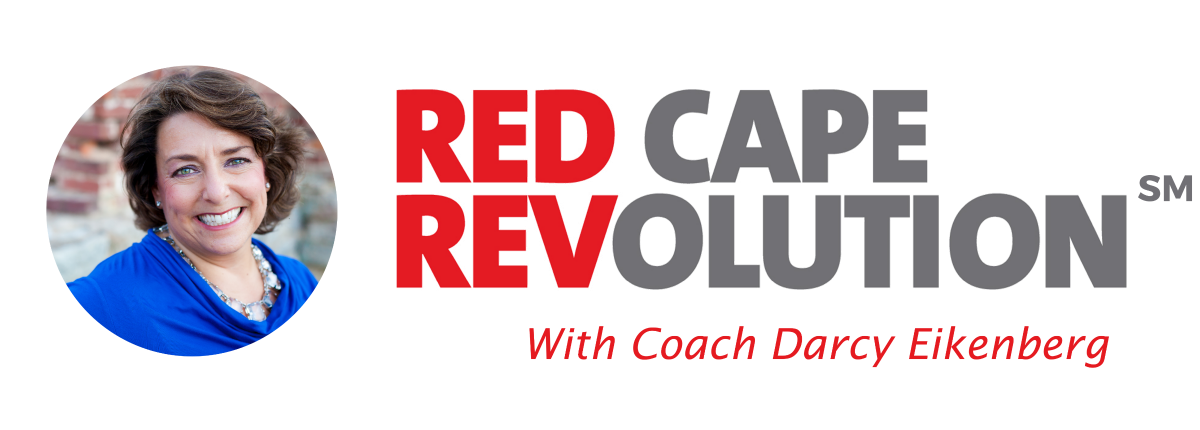When you’re leaving your job, you’ve got to write a farewell email to coworkers.
Even if I’m laid off along with many others?
Yes.
Even if I didn’t really get along with them in the first place?
Absolutely.
Because no matter how or why you’re leaving, what you do when you leave is critical.
It seems simple, but many people wrestle with writing an email to say goodbye. Here are my do’s and don’ts.
Not sure if you should stay or go? Take the Quiz. Get a Plan.
How to Write a Farewell Email to Coworkers When You’re Leaving Your Job
1. Do decide to do it.

One of my clients who’s leaving his job recently said, “I don’t need to send a note. Everyone knows through the grapevine.”
That’s a HUGE mistake.
Your farewell email isn’t about you, although it’s good never to take informal communication like the grapevine for granted (how many things do YOU still get surprised about in your organization?).
Your farewell email is about showing respect to the relationships you’ve built there, the experiences you’ve had, and the knowledge you’ve gained.
It’s disrespectful just to just fade away. So don’t.
And don’t get lazy and rationalize that no one cares about you anyway. (Even if you have evidence that they don’t, take the high road. It’s likely that doesn’t apply to every single person you worked with.) Write the note.
2. Do take time to write your message well.
A great editor of mine always said, “If I had more time, I would have written less.”
Well, you’re leaving your job. And while you’re probably busy getting things in place for your successor or your boss, you’re likely not taking on new projects or clients. So yes, you have time.

Sit back for a few minutes, and reflect on your experience at the company. What are you grateful for? What did you learn? Who are the people who mattered? Jot those down. Whether or not they make it in your note, it’s good to leave your job with this short reflection of what was good there.
Not a writer? Take your phone and say what you want to say out loud, and then play that back and write it down.
Then focus on #3.
3. Do focus on an expression of thanks.

Even if you’re leaving under stressed circumstances, it’s a sign of strong character to call out one or two experiences, learnings or people you are grateful for in the work you did. Include that in your farewell email to coworkers.
For example:
While it hasn’t always been easy, I really appreciate the support of Sally Davis and Angela Carn who always led our team with grace and professionalism.
OR
The things I’ve learned here have made me a better [your profession; ie., consultant/programmer/assistant/juggler].
OR
I will always be grateful for the opportunity to work on the XYZ project, which helped me grow my skills in [your area of expertise].
4. Do include your future contact information in your farewell note to coworkers.
Okay, insider’s secret. . .
THIS is the primary purpose of this note.
You’ve spent often years building these relationships and connections, and probably have taken them for granted that they’ll always be in your corporate backyard.
But now, you’re leaving. But you don’t want to leave them.
Always include your future contact information, including:
- A personal email address,
- Cell phone number (yes, people still do call); and
- Your new work email address if possible.
- (If you don’t have a new work email address, it’s absolutely okay to send these people a note later, after you’ve started the new gig, giving them the deets. So don’t forget to copy the list of emails and take it with you!)
Also be sure to include the link to your LinkedIn profile.

It’s probably already awesome since you updated it when you were thinking about leaving your job in the first place. (If it’s not awesome, I’d be happy to help.)
In a separate action, please go NOW and connect to all of the people you know in your current workplace that you’re not already connected to. LinkedIn acts as your professional relationship database, and no matter what work you’re doing next and after that, you never know which relationship will help you get where–and who might need your help someday.
More here in my post, “Why LinkedIn Matters (Even When You’re Not Changing Jobs.)
5. Do keep the door open to contact you.

Questions come up. Files get lost. Teams get stuck.
And people get embarrassed going back to people who’ve left, unless you’ve formally left the door open.
So stay classy, San Diego. Even if you’re leaving under less-than-fun circumstances, be clear in your farewell email to coworkers people can reach to you if you can be of help, professionally or personally.
6. Do send your note at least 48 hours before you’re gone.
If you work in a physical office, give folks a chance to come by and say goodbye in person. Expect that someone who gets your note will be surprised that you’re leaving, and may want to connect with you further.
If you’re in a situation where you’re asked to leave immediately, you can still send the email–just do it from your personal email. Then move on to step #7.
7. Do consider snail mail for the ones who’ve meant the most.
In addition to your public email (or emails if you need to write to different groups or break your list up so your email provider doesn’t kick it back), do think again about the people who’ve made the most impact on you.
Take a few more minutes, and write them a snail mail note. It doesn’t have to say much, just a few words of thanks.
Today, a short, handwritten note gets noticed–and remembered. Now that’s classy.
Hey—want more help?
No matter what’s happening in your career, a 30-minute chat with me can show you how to get out of a funk and move forward, fast.
Just hit the button below, and pick a date and time that’s available. There’s nothing to prepare–just show up right where you are. If, after we talk, it sounds like one of my coaching programs or courses will help you going forward, I’ll share details after our call. There’s no pressure—my goal is to be helpful immediately.
Spots fill up fast, though, so schedule yours now and start getting the support you deserve.



